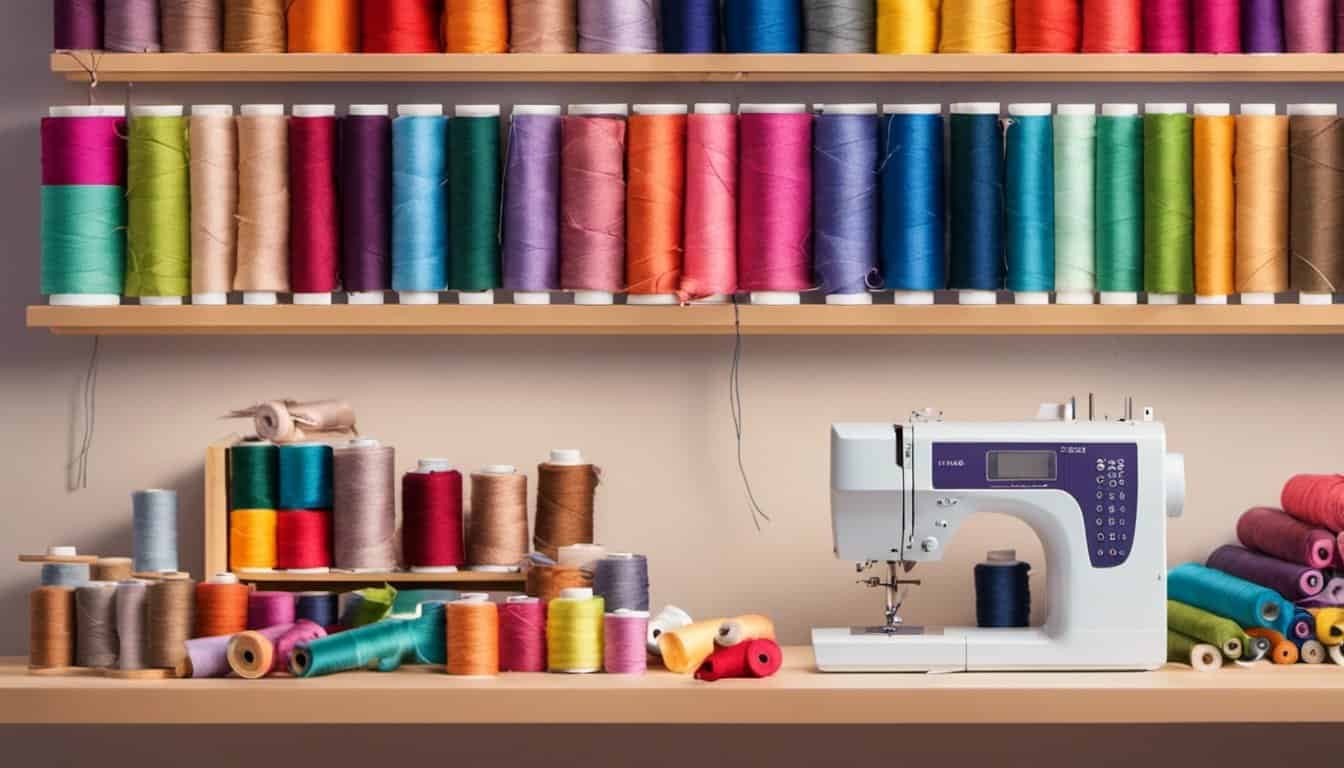Ever stared at a sewing pattern and felt completely overwhelmed? You’re not alone! Navigating those intricate lines and symbols can seem daunting at first, but with a little guidance, you’ll soon be stitching like a pro.
Imagine transforming a simple piece of fabric into a stunning outfit or a cozy pillow. By understanding how to use a sewing pattern, you unlock endless creative possibilities. Whether you’re a beginner or looking to refine your skills, this guide will walk you through the essential steps to make your sewing projects a breeze.
Understanding Sewing Patterns
Sewing patterns can initially seem complex, but understanding them can make your sewing journey smooth and enjoyable. With some fundamental knowledge, you’ll be creating amazing projects in no time.
Choosing the Right Pattern for Your Skill Level
Selecting an appropriate pattern based on your experience is essential. Look for beginner-friendly patterns if you’re new to sewing. These often include:
- Simple Designs: Basic shapes and fewer pieces.
- Easy Instructions: Step-by-step guides and clear illustrations.
- Minimal Techniques: Projects that require only basic stitches and skills.
Opt for intermediate patterns if you have more sewing experience. These might involve:
- More Pieces: Complex designs with multiple parts.
- Advanced Techniques: Sewing zippers, buttons, and using interfacing.
- Detailed Instructions: Comprehensive guides with varied sewing methods.
Interpreting the Symbols and Markings
Decoding the symbols and markings on a sewing pattern is crucial. These elements guide the construction of your project. Common symbols include:
- Grainline Arrows: Indicate fabric alignment; follow them to avoid stretching.
- Notches: Help match pattern pieces; cut them as small triangles for accuracy.
- Dots and Squares: Mark pleats, darts, and stitching points; transfer these to your fabric for precise sewing.
Understanding these symbols ensures your pieces fit together perfectly and your finished project looks professional.
With these tips, dive into sewing patterns confidently, knowing that every stitch brings you closer to mastering the art of sewing.
Preparing to Use Your Sewing Pattern
Before diving into a sewing project, preparation is key. From gathering materials to prepping your fabric, taking these initial steps ensures a smoother sewing experience.
Gathering Necessary Materials
Start by collecting all the required materials. Most patterns provide a list of needed items. Typically, you’ll need:
- Fabric: Choose according to the pattern’s recommendation.
- Thread: Match the color to your fabric.
- Notions: Items like zippers, buttons, and interfacing. Check the pattern for specifics.
- Tools: Scissors, pins, needles, measuring tape, and a sewing machine.
For example, if you’re making a dress, your pattern might suggest lightweight cotton fabric, a 22-inch invisible zipper, and matching thread. Ensuring you have these on hand saves time during the sewing process.
Preparing Fabric Before Cutting
Always prepare your fabric before cutting. New fabric can shrink when washed, so pre-shrinking ensures the final garment fits as intended. Follow these steps:
- Wash: Launder your fabric as you would the finished garment.
- Dry: Use the same drying method you’ll use for the completed item.
- Iron: Press the fabric to remove wrinkles and straightened the grain.
After washing and drying, lay your fabric flat, smoothing out any wrinkles with an iron. This step is crucial for accurate pattern placement and cutting. For instance, for a cotton blouse, washing and ironing the fabric helps prevent future shrinkage and ensures all pieces cut accurately.
Preparing thoroughly helps set up a successful and enjoyable sewing project.

Steps to Using a Sewing Pattern
Using a sewing pattern involves several critical steps that ensure your project turns out perfectly. Follow these guidelines to make the process more manageable and enjoyable.
Tracing and Cutting Fabric
Lay your fabric flat on a large, clean surface. Pin the pattern pieces to the fabric, making sure the grainline arrows align with the fabric grain. Using a fabric pen, trace around the edges of the pattern pieces. If you prefer, use pattern weights instead of pins. Once traced, carefully cut out the fabric pieces along the marked lines, using sharp fabric scissors. Remember not to pull or stretch the fabric while cutting to maintain accuracy.
Marking Fabric from the Pattern
Transfer important pattern markings, such as notches, darts, and pleats, to the fabric. Use tailor’s chalk, fabric pens, or tracing paper. Ensure all markings are visible on the fabric pieces. Notches help align pieces during sewing, while darts and pleats create shape and structure. For double-layered fabrics, mark both layers simultaneously to maintain symmetry. This step guarantees precise assembly and a polished final product.
Common Mistakes and How to Avoid Them
Navigating sewing patterns can be tricky. Understanding some common mistakes and how to avoid them will help enhance your sewing projects.
Not Adjusting the Pattern to Fit
Many beginners follow patterns exactly, but it’s essential to adjust them to fit your measurements. Patterns typically come in standard sizes that might not match your unique body shape, leading to ill-fitting garments.
« Unveiling the Best Thread for Sewing Machines: Transform Your Projects with These Expert Tips
10 Essential Tips for Choosing and Maintaining the Perfect Thread for Sewing Projects »
Measure your bust, waist, hips, and other key metrics before starting. Compare these measurements with the pattern’s size chart. Use this data to make necessary adjustments by adding or reducing length and width where needed. If you’re altering significantly, consider making a muslin mock-up first to avoid wasted fabric.
Ignoring Grain Lines and Notches
Grain lines and notches play a vital role in the final look and fit of your garment. Overlooking these markings can result in twisted seams, ill-fitting pieces, and overall project frustration.
Align your fabric correctly by following the grain lines indicated on the pattern. Place your pattern pieces parallel to the selvage edge for a proper cut. Use the notches as guides for matching seams and aligning pieces accurately. Mark these points carefully on your fabric with tailor’s chalk or fabric markers for easy reference during assembly.
Making these practices part of your sewing routine ensures consistent results and elevates the quality of your creations.
Conclusion
Mastering sewing patterns opens up a world of creative possibilities. With the right guidance and attention to detail, you’ll find yourself confidently tackling various projects. Remember to take your time, make necessary adjustments, and pay close attention to the small details. By doing so, you’ll create well-fitted garments that reflect your unique style. Happy sewing!














